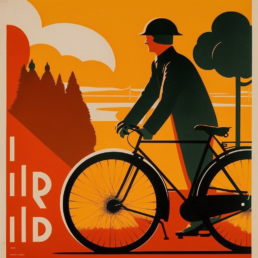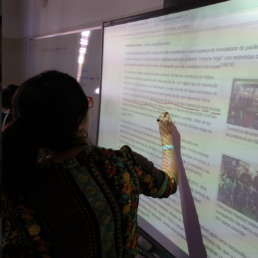Moti Mahal and the history of Tandoor
- History
- Culture
- Music
A history of the Tandoor and how migrants of the 1947 partition introduced Delhi to the celebrated culinary tradition.
Tandoor has a fascinating history starting from the early civilizations. It is believed to have been invented in Central Asia for baking bread and the first remains of such a mechanism can be traced back to Harappa.
During medieval times, the love for Tandoori food, led Mughal Emperor Jahangir to instruct his chefs to carry a Tandoor oven wherever he travelled. Thus the portable Tandoor was invented which had immense social importance for centuries to follow.
Before the partition, community kitchens in Punjab were an established practice. Each village would heat their Tandoor every evening and the entire community would cook on that. Women would bake rotis together surrounding the Tandoor and chat about various subjects.
But despite its long history, tandoori delicacy was not so commonplace in Delhi before the independence. It became popular and paved the way for its iconic status in the most unusual of circumstances.
When the brutality of partition forced the Hindu Punjabis to escape to the other side of the border, they also brought their culinary culture along with them. They carried their Tandoors so that they could feed their families on the journey.
Thanks to the influx of thousands of Hindu and Sikh refugees from Punjab, Delhi was bustling with new ideas. The food scene started to change rapidly and Punjabi cuisine and dhabas became a standard fixture in refugee marketplaces.
One such refugee was Kundan Lal Gujral – a Punjabi-Pathan from Peshawar who fled to Delhi with his family. Before coming to India, Kundan Lal used to work at a small eatery in Peshawar named Moti Mahal since the 1920s.
Moti Mahal was the first to install a Tandoor right at the centre of the eatery in Peshawar. It was a huge success, and Kundan Lal was inspired to replicate the same in his new home, Delhi.
In Delhi when another fellow refugee made him a Tandoor oven, he, along with two other friends, purchased a small space in Daryaganj and set up the legendary Moti Mahal restaurant, introducing the delicious tandoori food to the residents of Old Delhi.
Moti Mahal became a blockbuster in Delhi and Tandoor, which was just a rural invention till then, gradually became the soul of the Indian kitchens. From Jawaharlal Nehru to Richard Nixon, Moti Mahal’s Tandoori delicacies enjoyed a celebrated fandom.
The legend of Moti Mahal also hit the international stage and the Russians in particular were so fond of the food, that once upon a time, Tandoori food used to be flown to Red Square, Moscow, straight from the humble kitchen of Daryaganj.
Food is the most long standing form of heritage that survives humanitarian crises and the parable of the humble Tandoor tells an intriguing tale of India’s largest human migration.
Sources:
- Moti Mahal’s Tandoori Trail/Monish Gujral.
- Migrants, Refugees and the Stateless in South Asia/Partha S. Ghosh.
- Tandoori Chicken in Delhi: Partition and the Creation of Indian Food/Madhur Jaffrey.
- Wikimedia.
————







